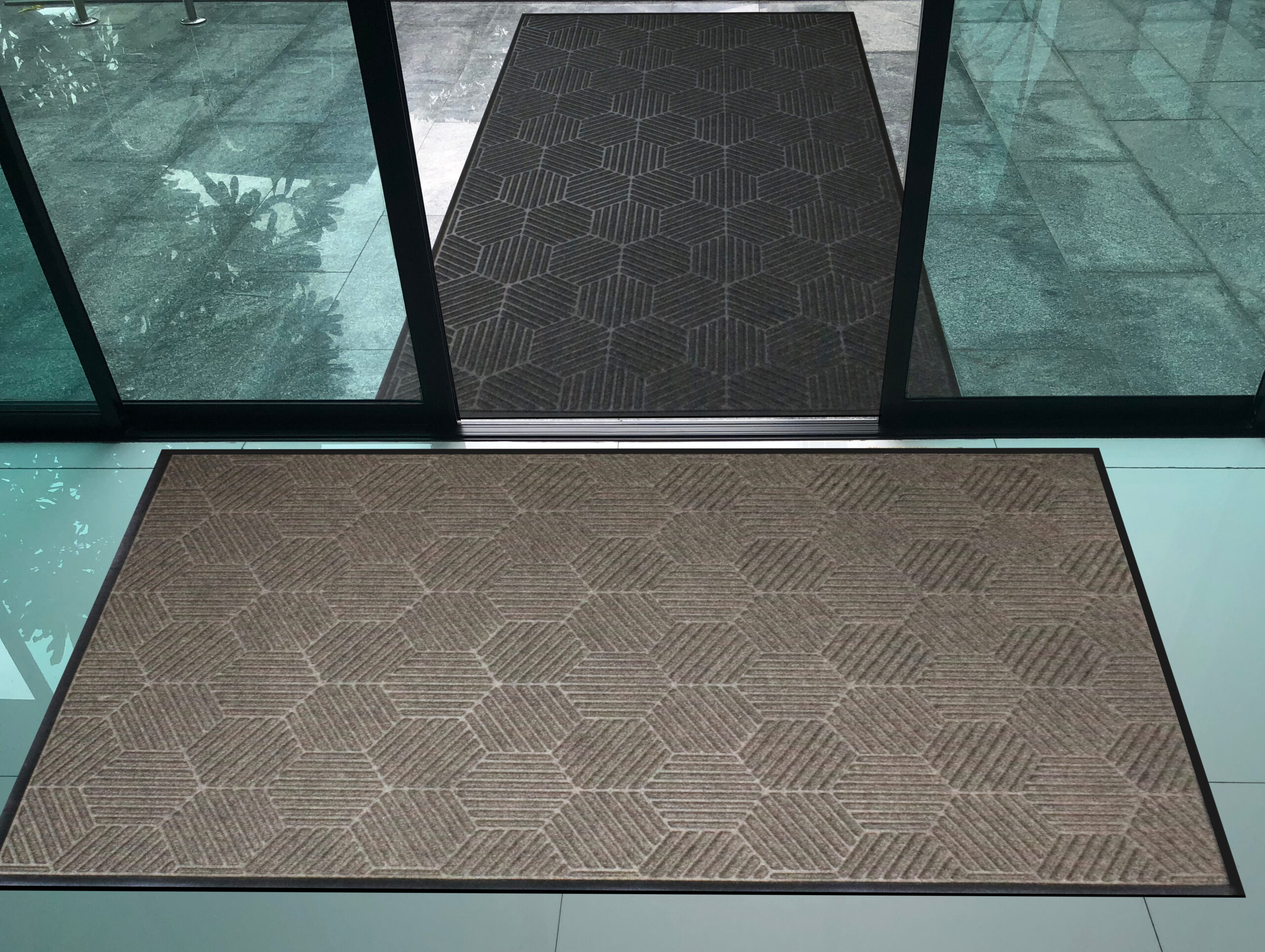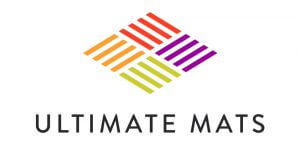
How Do I Choose a Quality Doormat?
Choosing a quality doormat is more important than you might think.
A good doormat not only keeps your home cleaner but also adds a touch of style to your entryway. With so many options available, finding the right doormat can be overwhelming. This guide will help you navigate the choices and select the perfect doormat for your needs.
In this article, you will learn:
- Key benefits of investing in a quality doormat.
- Different types of doormats and their suitability for various environments.
- How to maintain and care for your doormat to ensure it lasts.
Let’s dive into why a quality doormat is a must-have for your home.
Importance of a Quality Doormat
A doormat is the first line of defense against dirt, dust, and debris entering your home or business.
Here are some reasons why investing in a good doormat is essential:
- Cleanliness and Hygiene: A doormat helps trap dirt, moisture, and other particles from shoes, preventing them from being tracked inside. This is especially important during rainy or snowy seasons when mud and water can easily be brought into the house.
- Durability: Quality doormats are made from robust materials that can withstand heavy foot traffic and harsh weather conditions. They are designed to last longer, providing you with a cost-effective solution in the long run.
- Safety: A good doormat can reduce the risk of slipping by absorbing moisture from shoes. This is particularly important for homes or businesses with tiled or hardwood floors, which can become slippery when wet.
- Aesthetic Appeal: Doormats come in various designs, colors, and patterns, allowing you to choose one that complements your home’s décor. A stylish doormat can create a welcoming atmosphere for guests and make a positive first impression.
Investing in a quality doormat is a small but significant step towards maintaining a cleaner, safer, and more inviting home.
Types of Doormats
Choosing the right type of doormat depends on various factors such as the location, weather conditions, and the specific needs of your household or business. Here are some common types of doormats and their pros and cons:
- Coir Doormats:
- Description: Made from natural coconut husk fibers, coir doormats are known for their rough texture and durability.
- Pros: Excellent at scraping dirt off shoes, eco-friendly, and available in various designs.
- Cons: Can shed fibers over time, not ideal for wet conditions as they retain moisture.
- Rubber Doormats:
- Description: Made entirely of rubber, these mats are durable and can withstand harsh weather conditions.
- Pros: Weather-resistant, easy to clean, non-slip surface.
- Cons: Limited design options, can become slippery when wet if not properly textured.
- Synthetic Fiber Doormats:
- Description: Made from materials such as nylon, polyester, or polypropylene, these mats are designed to mimic natural fibers but offer better durability.
- Pros: Resistant to mold and mildew, quick-drying, available in a wide range of designs and colors.
- Cons: Can be less effective at scraping off dirt compared to coir mats.
- Microfiber Doormats:
- Description: Known for their soft texture, microfiber doormats are great at absorbing moisture and trapping dust.
- Pros: Highly absorbent, quick-drying, soft and comfortable underfoot.
- Cons: Require more frequent cleaning, not as durable as rubber or coir mats for outdoor use.
- Scraper Doormats:
- Description: Designed with a combination of rough fibers and rubber bristles to effectively scrape off dirt and debris.
- Pros: Excellent for heavy-duty cleaning, durable, suitable for outdoor use.
- Cons: Can be more expensive, limited aesthetic options.
- Decorative Doormats:
- Description: These mats prioritize design and style, often featuring intricate patterns and colors.
- Pros: Enhance the aesthetic appeal of your entryway, available in various materials.
- Cons: May not be as effective in cleaning shoes, can wear out faster with heavy use.
Recommendations for Different Environments
- Outdoor Use: Rubber and coir doormats are ideal for outdoor use due to their durability and effectiveness in scraping off dirt.
- Indoor Use: Microfiber and synthetic fiber mats work well indoors as they are better at absorbing moisture and trapping fine dust.
- High Traffic Areas: Scraper doormats are suitable for entryways with high foot traffic, as they are designed for heavy-duty cleaning.
Choosing the right type of doormat depends on your specific needs and the conditions in which the mat will be used. Consider these factors to find the best option for your home.
Material Considerations
When selecting a quality doormat, the material is a crucial factor that determines its effectiveness, durability, and ease of maintenance. Here are some common materials used in doormats and their key properties:
- Coir (Coconut Fiber):
- Properties: Natural, biodegradable, and highly durable. Coir is known for its coarse texture, which is excellent for scraping dirt off shoes.
- Considerations: Best used in dry areas or covered porches as it can retain moisture and deteriorate faster when exposed to constant wet conditions. Requires occasional shaking or vacuuming to remove trapped dirt.
- Rubber:
- Properties: Extremely durable and weather-resistant. Rubber mats are ideal for outdoor use as they can withstand heavy foot traffic and harsh weather.
- Considerations: Easy to clean with a hose or a quick shake. However, they can become slippery when wet unless they have a textured surface.
- Nylon:
- Properties: Synthetic fiber known for its resilience and quick-drying properties. Nylon mats often have a plush feel and are effective at absorbing moisture.
- Considerations: Resistant to mold and mildew, making them suitable for both indoor and outdoor use. Easy to clean with vacuuming or machine washing, depending on the mat’s construction.
- Polypropylene:
- Properties: Another synthetic fiber that is highly durable and resistant to moisture, stains, and mildew. Polypropylene mats are often used in areas with high foot traffic.
- Considerations: Easy to clean and maintain, typically by hosing down or vacuuming. Available in a variety of designs and colors.
- Microfiber:
- Properties: Soft and highly absorbent, microfiber mats are excellent for trapping dust and moisture. They often have a plush, carpet-like texture.
- Considerations: Best suited for indoor use or covered entryways. They require regular cleaning to maintain their effectiveness, typically through machine washing.
- Cotton:
- Properties: Natural fiber that is soft and absorbent. Cotton mats often feature decorative designs and are comfortable underfoot.
- Considerations: Ideal for indoor use in low-traffic areas. They need frequent washing to stay clean and maintain their appearance.
Factors to Consider When Choosing Materials
- Weather Resistance: For outdoor use, choose materials that can withstand various weather conditions without deteriorating. Rubber and synthetic fibers like polypropylene are excellent choices.
- Ease of Cleaning: Consider how easy it is to clean and maintain the doormat. Synthetic fibers and rubber mats are generally easier to clean than natural fibers like coir and cotton.
- Texture and Effectiveness: The texture of the mat should match its intended purpose. Coarse textures like coir are better for scraping off dirt, while softer textures like microfiber are ideal for absorbing moisture.
- Durability: Assess how much foot traffic the mat will endure and choose a material that can handle the wear and tear. Rubber and synthetic fiber mats are typically more durable.
Selecting the right material for your doormat ensures that it performs effectively and lasts longer, providing you with better value for your investment.
What Next?
We know that we’ve thrown a lot at you with this article.
That’s why Ultimate Mats exist. To help you to make the right choices regarding your mats.
Contact us, and we’ll help you find the right doormat for your needs.
